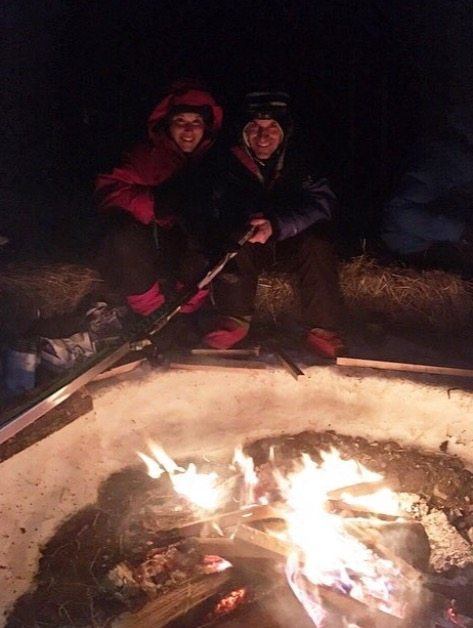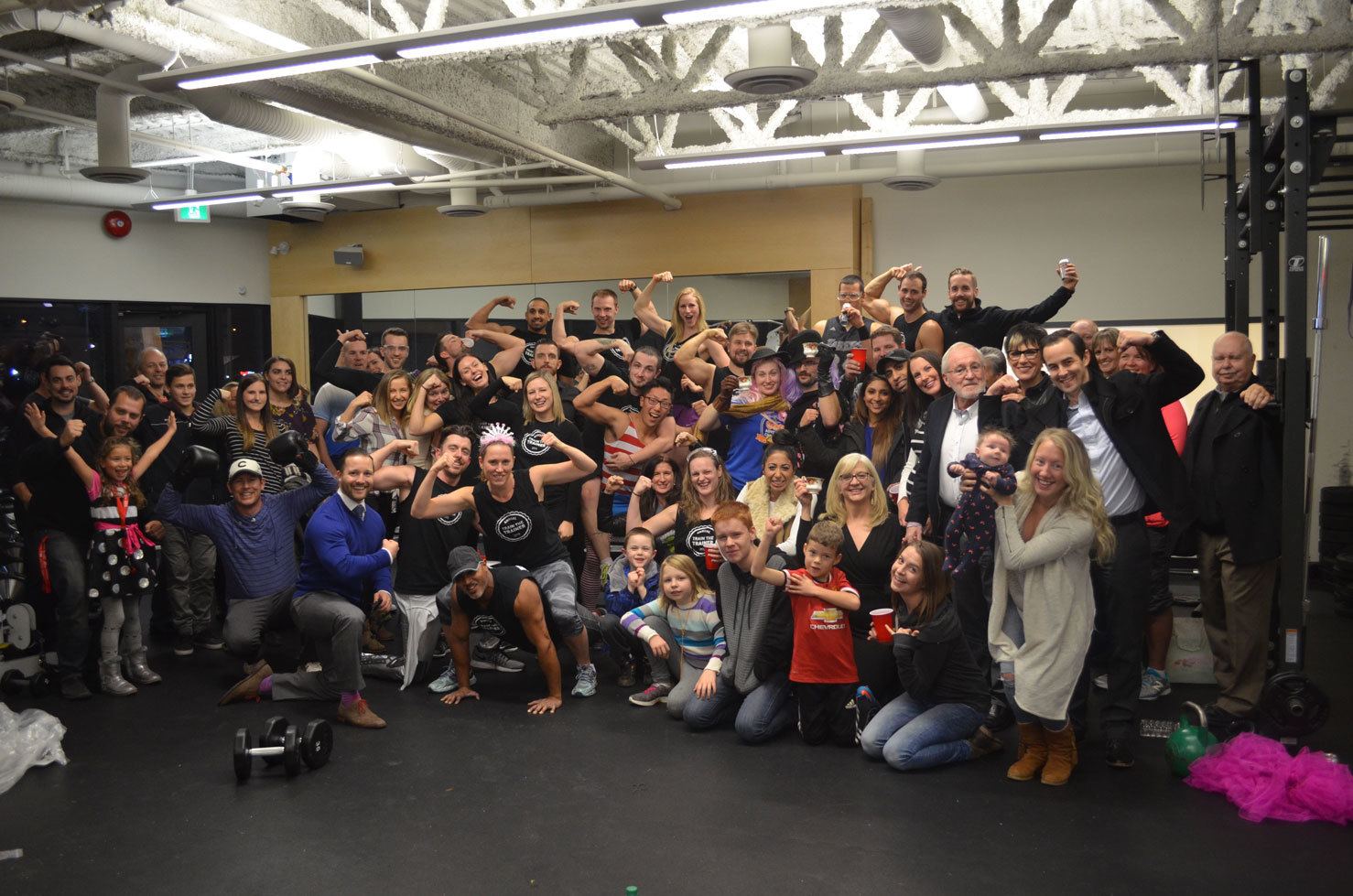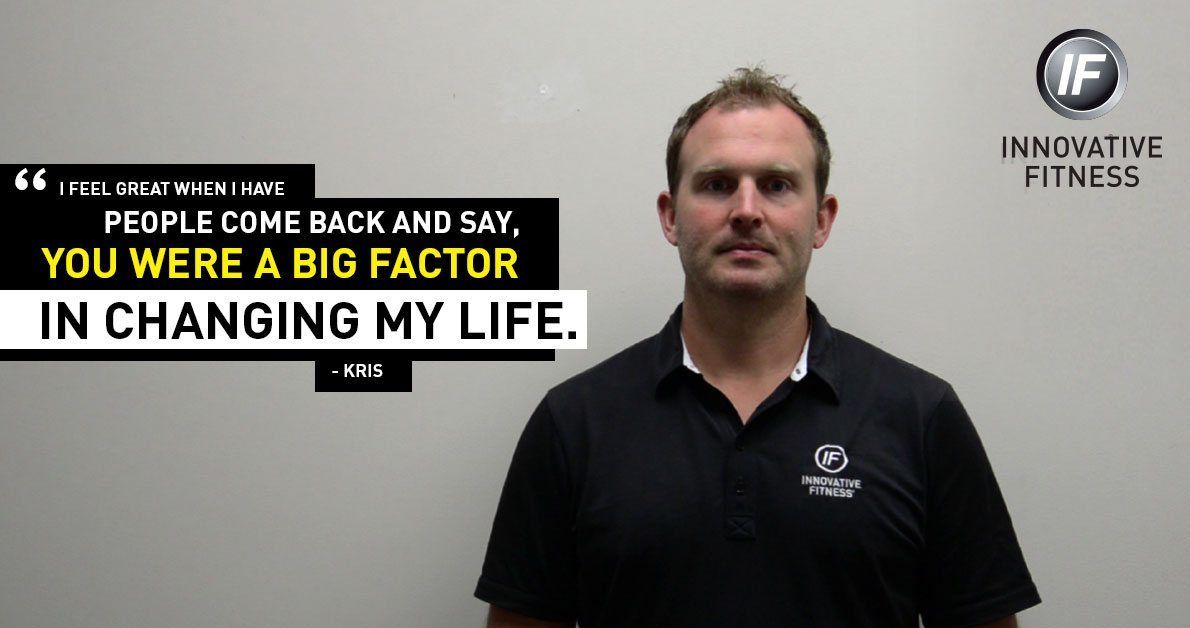The Canadian Ski Marathon (CSM) is one of the longest and oldest events in North America.
It is a classic Nordic skiing event, and it has taken place over one weekend in February since 1967. Every year, the location for the CSM is the same but the starting point of the event rotates between Lachute and Gatineau, in Quebec. Each skier can choose their own level of difficulty, ranging from 12km to 160km. The CSM is 2 full days, with each day divided into 5 sections of approximately 16km each in length.
Because this marathon spans over 160km, there are several categories that skiers can sign up for. They are called Coureurs des Bois (CdB), which translates to “Runner of the Woods”, and the three CdB levels are: Bronze, Silver, and Gold. To achieve the highest level (CdB Gold), you are required to ski the full 160km over 2 days, and you must have completed both Bronze and Silver levels in previous races. In order to complete either the Silver or Gold category, the skier must arrive at the fourth section no later than 3:15PM to be allowed to ski the fifth section each day.
To compete in CdB silver you must ski the full 160km while carrying a backpack of at least 5 kilograms in order to pass. You are then eligible to race the CdB Gold, which allows the participants to sleep outside under the stars between day 1 and 2 of the race. That is why it is essential to pass CdB Silver while carrying a backpack – you need to be able to carry camping supplies to endure the cold winter night to compete in Gold!
When I competed the CSM for the first time, I raced with my father and immediately decided that my goal was to sleep outside overnight. My dad has been competing at the Gold level for over fifteen years. I knew this goal was going to take me at least three years to accomplish! To finish a race of this magnitude, you need to be in good physical form but, as with most physical pursuits, the biggest challenge is to be mentally ready. The race starts at 5:45AM and you are skiing with a headlamp on for at least the first couple hours of the race. The only thing that you can hear is the breathing of the other skiers and hundreds of skis sliding along the snow – it’s magical.
This year I competed in the CdB Gold category. Compared to the two previous year that I took part in this event, it was a huge learning curve for me. To be honest, I wasn’t able to train as much as I’d originally planned and I left for Quebec feeling slightly under prepared. My biggest mistake was underestimating how it would feel to ski with a heavy backpack (approx 11.4 kg)! In previous years I would easily have arrived at the fourth section by 2:00PM, however this year I struggled to make it by 3:05PM.
Because I had to make it before 3:15PM to continue to the fifth section, when I reached the check in point of that fourth section I couldn’t help but start crying. My dad had been waiting for me and when he saw me he just started crying as well. It was an extremely hard but satisfying moment in my race. After that, we weren’t bound by time to reach any other check points so we took our time getting to our camp for the evening.
My advice for anyone wishing to tackle this race is to ski at least two to three times per week while incorporating other cardio and strength training in between your ski days. Starting your program at least three months leading up to the race would be a good idea.
At the end of the day, I’m extremely happy that I challenged myself to do this race. I camped outside in the woods with my father, which was a goal I’d waited three years to achieve. The moon was so bright during the night that it actually woke me up. It was an incredible experience!
—
Viviane Marcotte-L’Heureux
Professional Training Coach
Innovative Fitness Kitsilano
Follow IF on Instagram.






